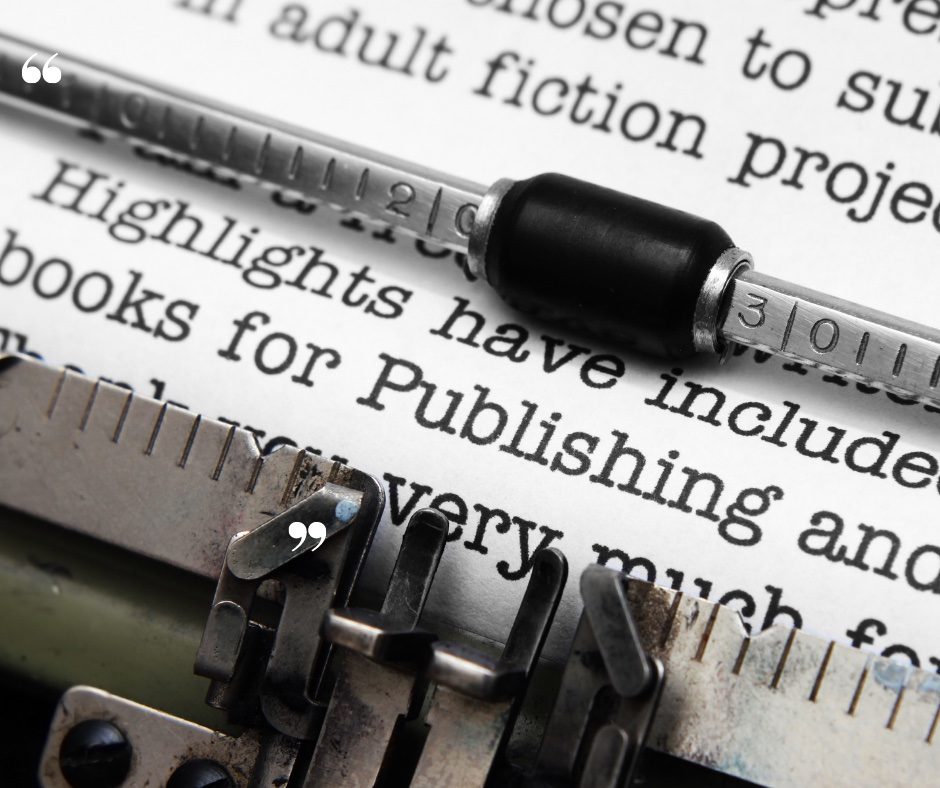A query letter is the key that opens the door to the publishing world. It’s the first line of attack for getting your work published. It’s also the first step to finding an agent or editor. But how do you write a query letter that gets your book noticed? In this blog post, we’re going to share tips for writing your most effective query letter to get your book published. We’ll also provide resources to help you get started!
First, let’s begin with the basics.
What Exactly Is A Query Letter?
A query letter is a short, professional email or letter sent to an editor or agent to introduce you and your book. It’s a one-page letter that attempts to secure representation or publishing for your next book project. If it’s well written, a query letter is also a sales pitch for your work. It should be concise, professional, and persuasive.
What to Include in a Query Letter
Your query letter should include your contact information, the title of your book, and a brief summary of its contents. You’ll also want to incorporate a quick overview of your experience in the writing industry and any other relevant information as to why you would be a great addition to their publishing house.
Your letter should be no more than one page, keeping things short and to the point, so you’ll need to be sure to keep this in mind as you put together the context.
Here are some tips to help you get started:
Begin by introducing yourself and your book. In the first paragraph, tell the editor or agent a little about who you are, your book’s genre, and what audience it’s geared toward. The first paragraph of your query letter is the most important. This is where you will hook the reader and make them want to know more.
The first paragraph should include the following:
- The title of your book
- A brief summary of your book (one or two sentences)
- Any relevant information about you
The second paragraph should explain why you think your book is a good fit for their specific publishing house. Include details about your platform (if it applies to your book), any past awards your work has won, and any previous publishing experience you may have.
The third paragraph should be a synopsis of your book that gives a taste of what readers can expect. This is where you sell them on why they should publish your work!
In the final paragraph, you’ll want to thank the editor or agent for their time and let them know you’re available to answer any questions they may have.
Then, you’ll want to close with your contact information should they need to get in touch. Be sure to include your name, email address, and phone number.
What Not to Include in a Query Letter
Next, let’s talk about what not to include in a query letter.
First and foremost, avoid sending a query letter that is more than one page. Remember, the key is to be short and to the point.
- Do not include any attachments unless you are specifically asked to do so.
- Do not send mass query letters to multiple editors or agents at once. This is a good way to get your query letter ignored.
- Do not include any personal information that is not relevant to your book or your writing experience.
How to Format a Query Letter
Now that you know what to include (and what not to include) in your query letter, let’s discuss how to format it.
Your query letter should read like a business letter, with your contact information at the top followed by the date. Below that, you’ll need to include the editor or agent’s contact information.
A query letter should be one page, double-spaced, with 12-point font. Be sure to keep it professional by including the person’s name who you’re reaching out to at the top, followed by the introduction and body, then ending with a conclusion and formal signature.
How to send a query letter
You can send a query letter via email or by physical mail. If you choose to send it by email, we recommend you avoid attaching your query letter as an attachment. Doing so can cause your email to appear as spam, ultimately leading to your letter remaining unopened.
If you send it by mail, put your query letter in a business-sized envelope and address it to the person responsible for acquiring books for the publishing house. You should be able to find this information on the publisher’s website.
It’s also a good idea to include a self-addressed stamped envelope so that the publishing house can reply to you with their response. They may or may not use it, but it doesn't hurt to include it just in case.
Now that you know how to write a query letter, it’s time to start drafting one for your book!
Are you ready to get your next book published? Let’s talk!




